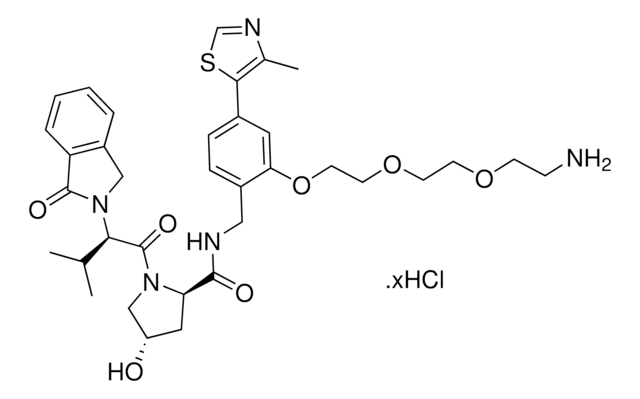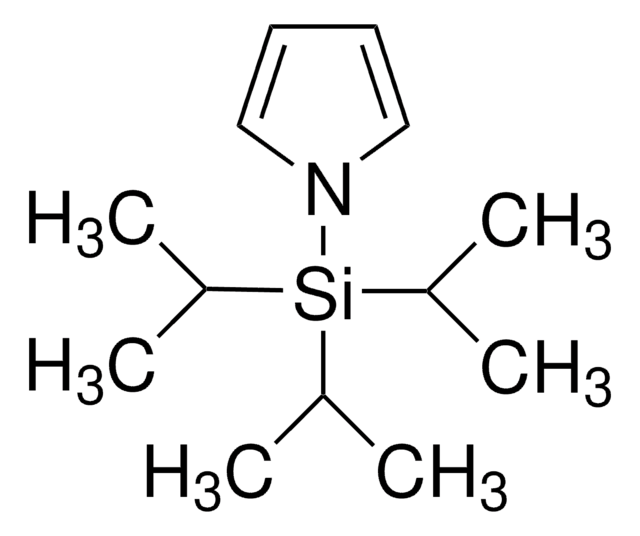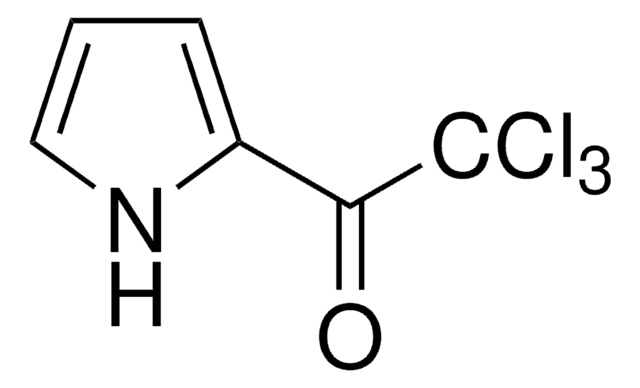466948
1-(p-Tolylsulfonyl)pyrrole
97%
Sign Into View Organizational & Contract Pricing
About This Item
Empirical Formula (Hill Notation):
C11H11NO2S
CAS Number:
Molecular Weight:
221.28
MDL number:
UNSPSC Code:
12352100
PubChem Substance ID:
NACRES:
NA.22
Pricing and availability is not currently available.
Recommended Products
Assay
97%
form
solid
mp
99-102 °C (lit.)
SMILES string
Cc1ccc(cc1)S(=O)(=O)n2cccc2
InChI
1S/C11H11NO2S/c1-10-4-6-11(7-5-10)15(13,14)12-8-2-3-9-12/h2-9H,1H3
InChI key
OXWIEWFMRVJGNY-UHFFFAOYSA-N
Related Categories
1 of 4
This Item | 377945 | 424196 | 395137 |
|---|---|---|---|
| assay 97% | assay 95% | assay 99% | assay 99% |
| mp 99-102 °C (lit.) | mp - | mp 48-50 °C (lit.) | mp 72-74 °C (lit.) |
| form solid | form liquid | form solid | form - |
Signal Word
Warning
Hazard Statements
Precautionary Statements
Hazard Classifications
Eye Irrit. 2 - Skin Irrit. 2 - STOT SE 3
Target Organs
Respiratory system
Storage Class Code
11 - Combustible Solids
WGK
WGK 3
Flash Point(F)
Not applicable
Flash Point(C)
Not applicable
Personal Protective Equipment
dust mask type N95 (US), Eyeshields, Gloves
Choose from one of the most recent versions:
Already Own This Product?
Find documentation for the products that you have recently purchased in the Document Library.
Daniel P Bondeson et al.
Annual review of pharmacology and toxicology, 57, 107-123 (2016-10-13)
Protein homeostasis networks are highly regulated systems responsible for maintaining the health and productivity of cells. Whereas therapeutics have been developed to disrupt protein homeostasis, more recently identified techniques have been used to repurpose homeostatic networks to effect degradation of
Our team of scientists has experience in all areas of research including Life Science, Material Science, Chemical Synthesis, Chromatography, Analytical and many others.
Contact Technical Service













